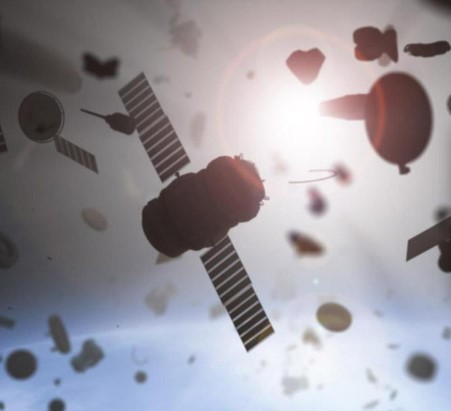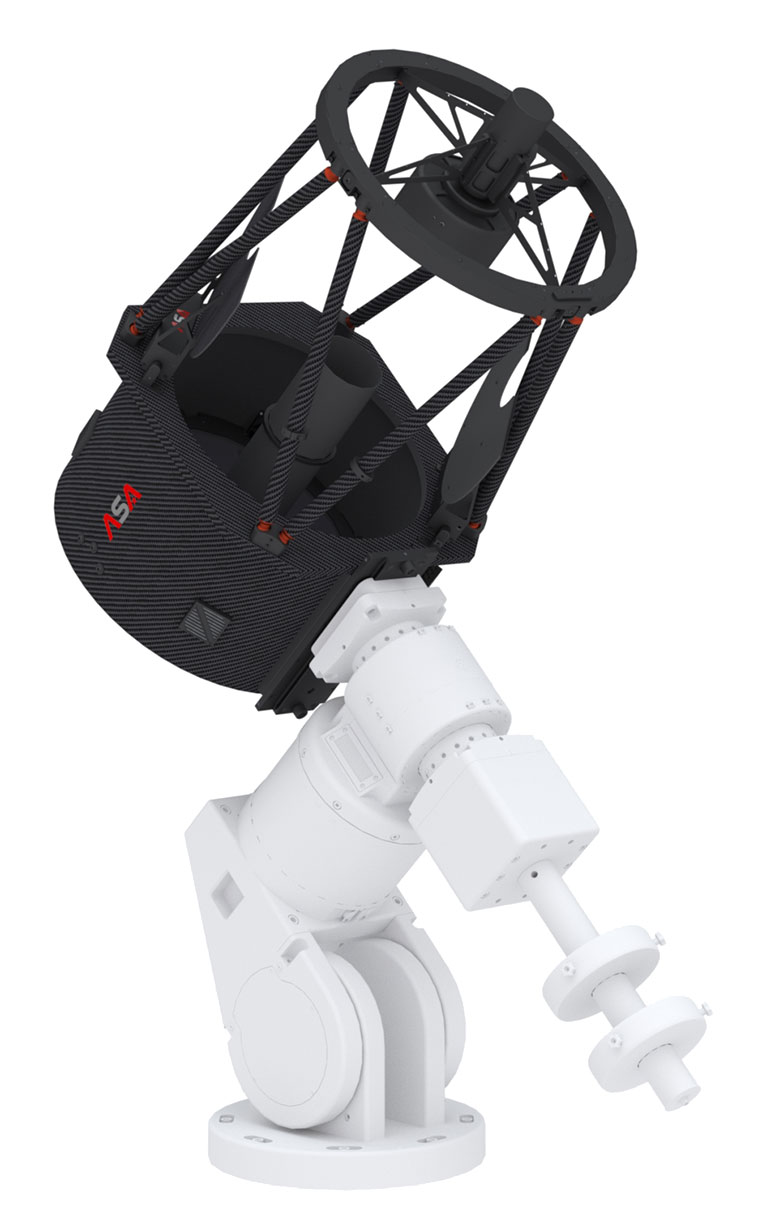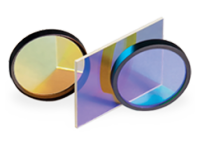 A Near-Earth Object (NEO) is any small Solar System body whose orbit brings it into proximity with Earth. As of March 2018, almost 18,000 Near Earth Asteroids have been discovered, of which 887 are larger than 1 km. The inventory is much less complete for smaller objects, which still have potential for large scale damage. While asteroids are constantly being eliminated from our solar system, unfortunately new ones enter it! Thus NEO surveys are required as an ongoing discipline in astronomy.
A Near-Earth Object (NEO) is any small Solar System body whose orbit brings it into proximity with Earth. As of March 2018, almost 18,000 Near Earth Asteroids have been discovered, of which 887 are larger than 1 km. The inventory is much less complete for smaller objects, which still have potential for large scale damage. While asteroids are constantly being eliminated from our solar system, unfortunately new ones enter it! Thus NEO surveys are required as an ongoing discipline in astronomy.
Orbital Debris, or Space Debris, are terms for the mass of defunct human-made objects in Earth orbit, such as old satellites and spent rocket stages. There are about 500,000 pieces of ‘space junk’ down to items about 0.5 inches (1.27 centimeters) wide in orbit. Of those, about 21,000 objects are larger than 4 inches (10.1 cm) in diameter.
Andor’s New Balor sCMOS Camera very large area sCMOS and Marana back-illuminated sCMOS offer superb solutions for Orbital Debris and NEO tracking cameras – large FoV and high resolution to search more sky, low noise and high QE sensitivity enable high-quality data capture of even relatively small (and dim) objects and rapid frame rates enable temporal oversampling of fast moving objects.









